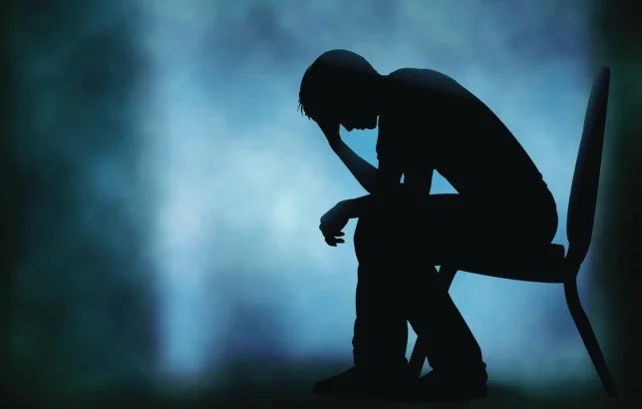How Movement Can Help Fight Depression: Finding Balance Through Fitness
Depression is something most of us will encounter at some point in our lives. It’s part of being human. With our incredible capacity for thought and emotion comes vulnerability—and sometimes, that means falling into a state of sadness, imbalance, or even deep depression.
But just as we have the ability to feel, we also have the power to heal. When we’re feeling down, our bodies and minds are often in a state of dis-ease—not disease in the medical sense, but a disruption in homeostasis, or the natural balance of our physical, emotional, and mental systems. This imbalance can be triggered by stress, trauma, physical injury, loss, or even chronic fatigue.
One of the most natural and effective tools to help realign that balance is movement.
Fitness Doesn’t Mean the Gym
For some, the word fitness brings to mind loud gyms, intense workouts, and exhausting routines. But true fitness is much broader than that. At its core, fitness is movement—getting your body in motion in a way that suits you. It can be as simple as a walk around the block, a gentle bike ride, dancing in your kitchen, or practicing yoga in your living room.
Fitness supports wellness, and wellness is about creating balance. And with balance comes clarity, strength, and even happiness. But here’s the truth: when you’re dealing with depression, just taking that first step can feel overwhelming. The key is to set realistic, compassionate goals—start small, and do something that feels manageable.
Even a few minutes of physical activity a day can make a difference.
Why Fitness Works for Mental Health
Exercise is a powerful, natural way to combat symptoms of depression. Numerous studies have shown that physical activity improves mood, reduces anxiety, and enhances self-esteem. Here’s how it works:
When you move your body, your brain releases endorphins—natural chemicals that reduce pain and boost pleasure. These “feel-good” chemicals interact with receptors in the brain to lift your mood, promote relaxation, and even help with sleep.
That euphoric post-workout feeling often called a “runner’s high” is your body’s way of thanking you. But you don’t need to be an athlete or push to exhaustion to get the benefits. Simply find a type of movement you enjoy, whether that’s swimming, hiking, stretching, or walking your dog. The goal is consistency, not intensity.
Final Thoughts
At dkm Body Balance Chiropractic in Los Cabos, I talk to patients every week about how movement and balance go hand in hand—physically, emotionally, and spiritually. Whether you’re just beginning your wellness journey or struggling to find your way out of a low point, remember this: the first step doesn’t need to be big. It just needs to happen.
Start small. Stay consistent. And trust your body—it’s more powerful than you think.




